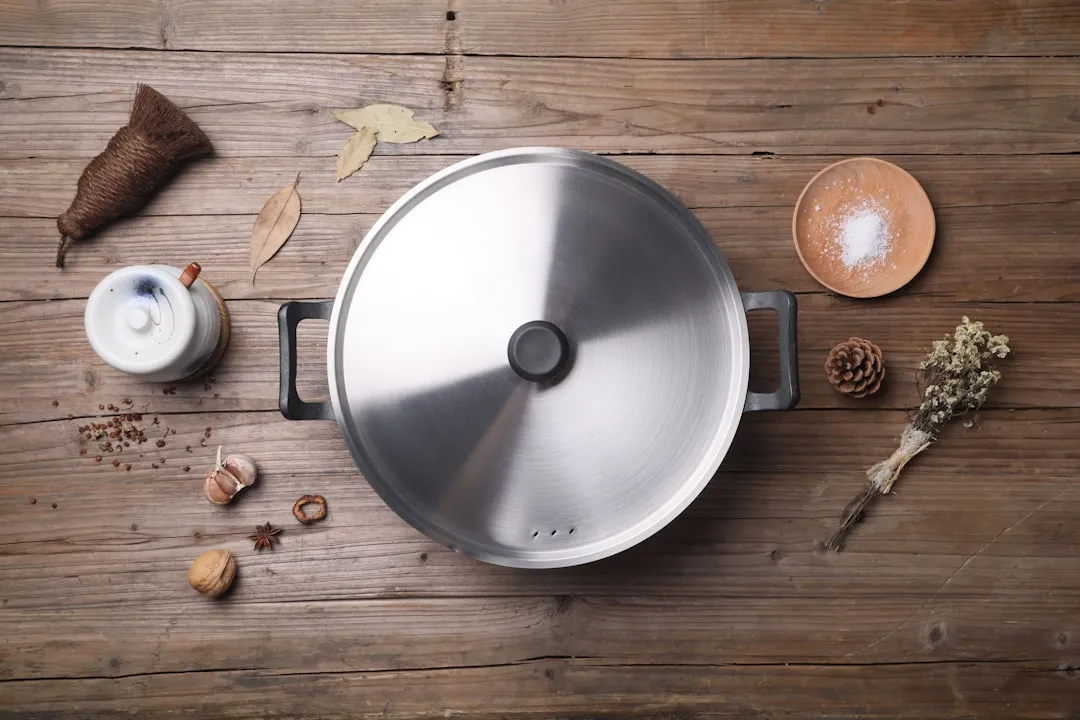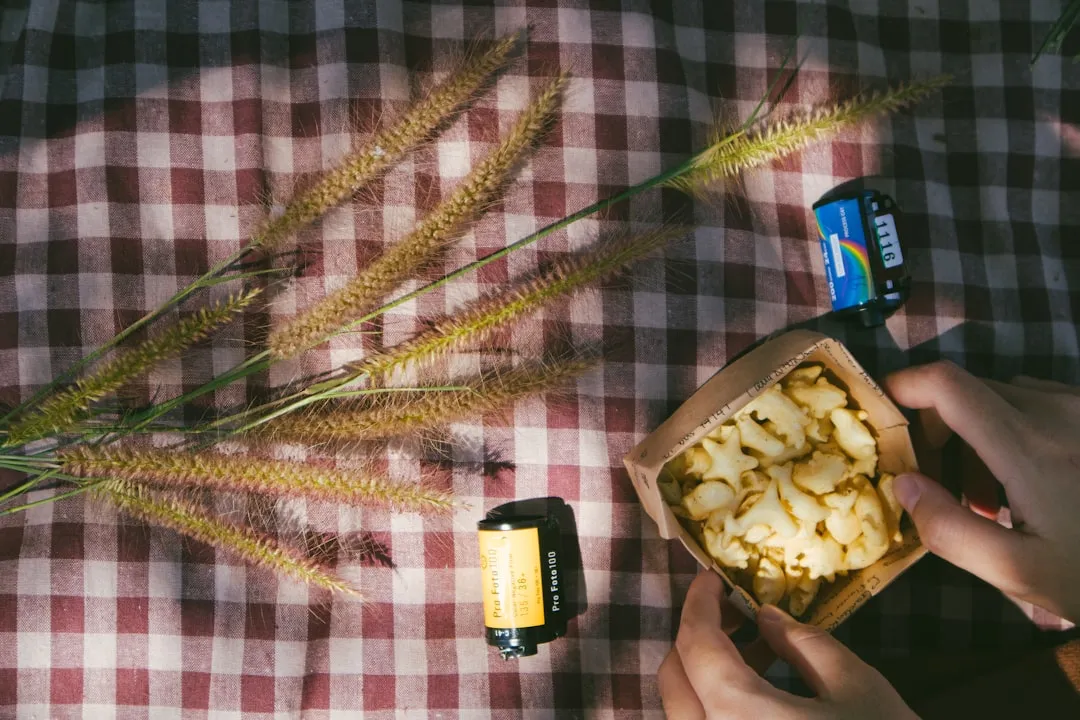Dried fruit makes a great snack or salad topping, but after a while, they tend to become fossilized, rock-hard versions of their former selves. At this point, most folks probably just toss them out, as they're unpleasant to chew on when eaten raw and even more unpleasant to eat in bread or cooked with other ingredients.
- Don't Miss: How to Dehydrate Food Without a Dehydrator
But the secret to success when cooking and baking with dried fruit, whether it be raisins, cranberries, cherries, apricots, currants, figs, or any other dried fruit, is to rehydrate the fruit before adding them to a recipe.

The simple rehydration process consists of soaking the fruits in a hot liquid, whether it be water, fruit juice, or hard liquor. Additionally, dried fruits can also be rehydrated during the cooking process: in the juices rendered from braised meat, the water or stock used to cook grains like quinoa or barley, and so on.
The end result will yield a plump, full fruit that will taste extra flavorful and juicy in any recipe.
Measure Your Dried Fruit
Place the dried fruit that is necessary for your recipe in a bowl or jar with enough space to completely cover the fruit with liquid.
- Don't Miss: How to Pick Perfectly Ripe Fruit Every Time

Pour Boiling Liquid Over the Fruit
You may choose to rehydrate the dried fruit with fruit juice, wine, fruit liqueurs, or hard liquor such as brandy, rum, or bourbon. The fruit will absorb the flavor of the liquid you choose, which will also be reflected in the final product.
- Don't Miss: You Should Add Water to Your Whisky & Here's Why
Let the Fruit Soak It Up
Allow the fruit to soak in the hot liquid for 10-15 minutes. The dried fruit will start to absorb the liquid and soften within the first few minutes. You will notice a change in the appearance of the dried fruit, both in size and color brightness.

Strain the Liquid
Empty the dried fruit into a strainer to remove the excess liquid. Then, the rehydrated fruit is ready to be added to your recipe—or patted dry and enjoyed on its own.

Top row: Dehydrated fruit. Bottom row: Re-hydrated dried fruit.
As you can see, the dried fruit becomes both brighter and larger in appearance when rehydrated, and remains this way even after being strained from the liquid.
Enjoy Your Rehydrated Fruit
There are no limitations on the types of dried fruit that you can rehydrate—nor in the combinations of liquid and fruit that you can concoct. However, please note that rehydrating dried fruit does not magically transform the dehydrated fruit back into the fruit itself, as you can see in the photo above. It does, however, introduce moisture back into the fruit. This both enhances the flavor and softens the texture of the fruit.
Next time you try out recipes like quinoa with dried fruit and honey lime dressing or white chocolate chip cranberry cookies, don't forget to bring your dried fruit back to life with an extra pop of flavor before adding them to the recipe. Your tastebuds (and your jaw) will thank you for it.
Even More Fruit Hacks:
- 5 Clutch Tips for Baking with Frozen Fruit
- How to Pit Apricots, Plums, Nectarines, & Other Stone Fruits Like a Chef
- The Hidden Meaning Behind Fruit & Vegetable Labels
- Citrus Fruit… Your New Favorite Facial Cleanser?
- How to Keep Apples, Bananas, Tomatoes, & Other Fruits Fresher Longer
Photos by Jessica Bose/Food Hacks

























Comments
Be the first, drop a comment!